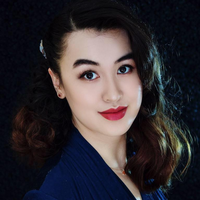Subject to change.

Subject to change.

Phoenix Yu Wilkie is a PhD candidate in the Department of Medical Biophysics at the University of Toronto. Her thesis research focuses on using weakly supervised learning models to predict the recurrence of ductal carcinoma in situ. She is passionate about making cutting-edge industry technologies accessible within academia. When not at her computer, Phoenix enjoys creating art and cultivating her garden.